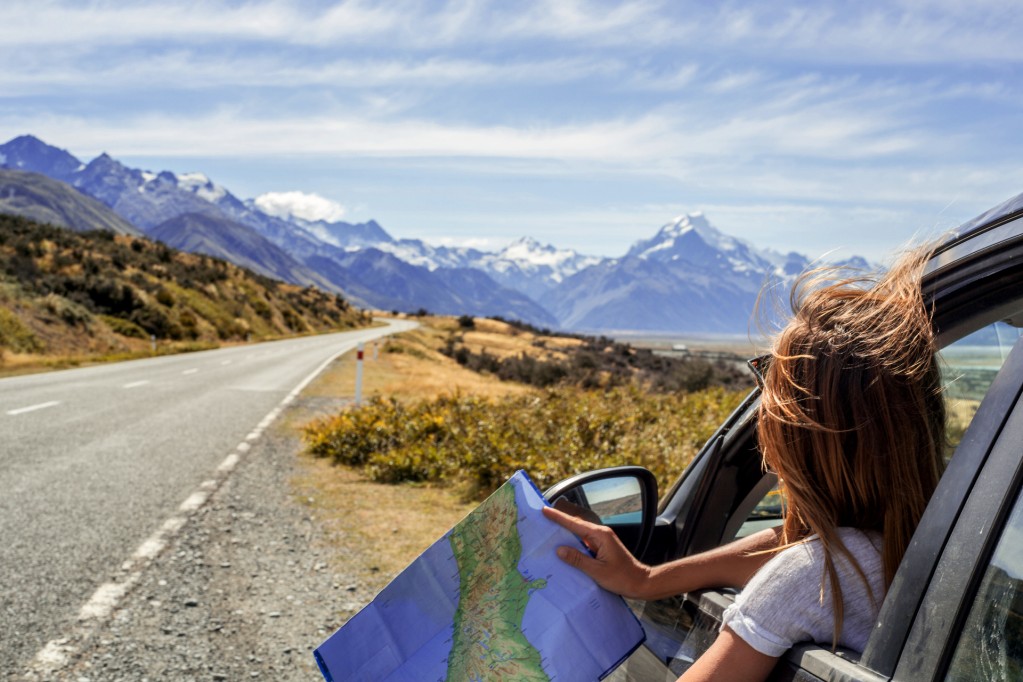New Zealand is home to some of the most unique wildlife in the world. In this guide, we provide an insight into some of New Zealand’s native species and where they live in New Zealand. You never know you might get the opportunity to see some of our extraordinary bird and sealife on your road trip!
Kiwi
Kiwis are New Zealand’s national bird, known for their unique features. They have small wings and are flightless, their feathers are more like fur due to their loose texture. Kiwis are the only birds in the world with nostrils at the end of their beaks.
Unfortunately, Kiwis are an endangered species due to 90% of kiwi chicks dying in the wild, predominantly due to predators. However, thanks to New Zealand’s conservation efforts, the kiwi population is growing.
Kiwis are nocturnal and difficult to spot in the wild. The best place to see a kiwi is in a Kiwi scantuary. If you are travelling you can visit Kiwi sanctuaries in Whangarei, Coromandel Peninsula, Taupo in the North Island, and Haast and Okarito in the South Island.
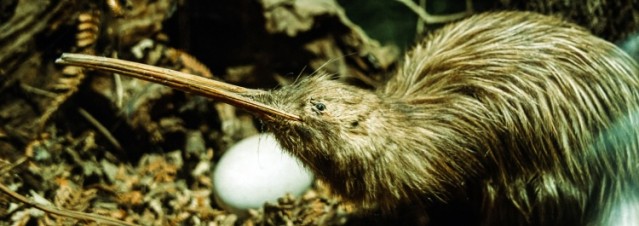
Dolphins
You will see Dolphins quite often around the coasts of New Zealand. With their friendly and playful nature, they love to put on a show! New Zealand is home to two very special species of dolphins that you will only find here, the Māui dolphin and Hector’s dolphin.
Māui dolphins are usually found on the west coast of the North Island, while Hector dolphins are found around the coast of the South Island. Collectively, they are one of the smallest dolphins in the world. You can distinctively spot a Hector dolphin with its rounded dorsal fin that looks like a Mickey Mouse ear!
Currently, Maui dolphins are under extreme threat of extinction so many places have restricted tours and limited opportunities to see them. However, if you want to see dolphins, Picton offers great guided tours, where you might even have the chance to swim with them!
Heading to Picton? Check out our insider’s guide to Picton and make the most of your time there.
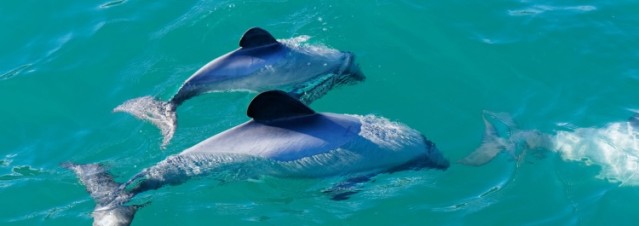
Penguins
New Zealand is home to three native penguin species, the yellow-eyed penguin (Hoiho), the Fiordland crested penguin (tawaki), and the little penguin (Korora).
The yellow-eyed penguin is commonly found in the lower South Island and is easily identified with its vivid yellow eye band. Curio Bay is a top spot to see them but be mindful and don’t disturb them.
If you want to see a penguin, Oamaru located on the South Island, is home to the blue penguin colony. Tours are available during the day and evening.
Planning to visit Oamaru to see the blue penguins? Keep driving an extra hour and head to Dunedin! Our insider's guide to Dunedin provides all the best things to do there.
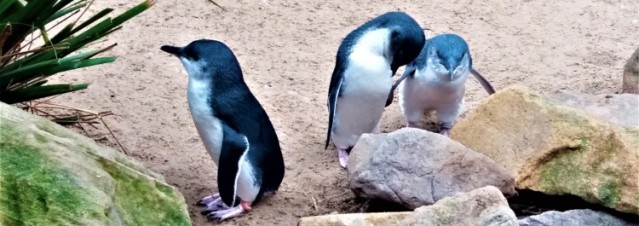
Whales
In the New Zealand coastal waters, you will find a home to Earth’s largest mammals. Kaikoura will offer you the best opportunity to see one of the four species of whale, the blue whale, humpback whale, southern right whale, and sperm whale. Remarkably, New Zealand is home to almost half of the world's whale species!
If you’re planning on travelling to Kaikoura to go whale watching, check out our insider's guide to Kaikoura and make the most of your day there!
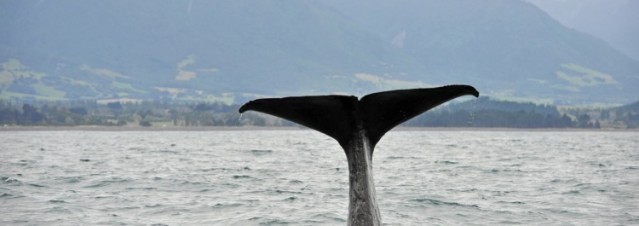
Seals
New Zealand’s fur seal (Kekeno) is something you may come across on New Zealand’s coastline. With the population continuing to increase, these seals have some incredible features about themselves. For instance, they can dive over 100 metres deep and can sleep anywhere, whether in water or on land.
If you happen to come across one, be sure you keep your distance, seals are best to be left alone, as they may get aggressive and cause harm.
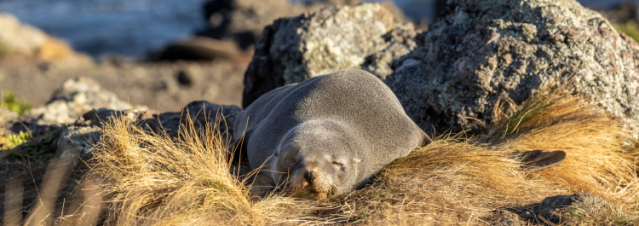
Kea
The only alpine parrot in the world, the kea, can be found throughout the South Island of New Zealand. Be careful though, although they are gorgeous birds with their olive-green feathers and red underwing, they are known to be the cheekiest birds in New Zealand. They might try to swipe your belongings, whether it’s your tent or picking at your car!
If you happen to see a Kea on your travels, make sure you don’t feed it, no matter how curious they are, and keep your items tightly packed.
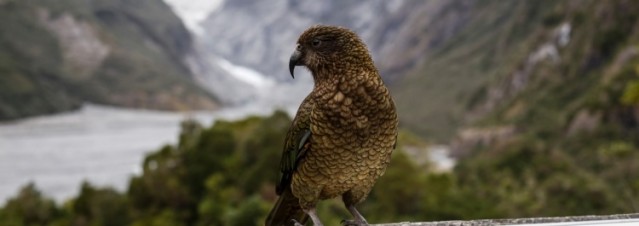
New Zealand is home to beautiful and unique wildlife. We hope our guide gives you insight into our amazing native wildlife and how to interact responsibly if you encounter any during your road trip.
If you want to help restore some of their populations check out the Department of Conservation (DOC) website to learn more about how you can help and discover more of New Zealand’s wildlife.

